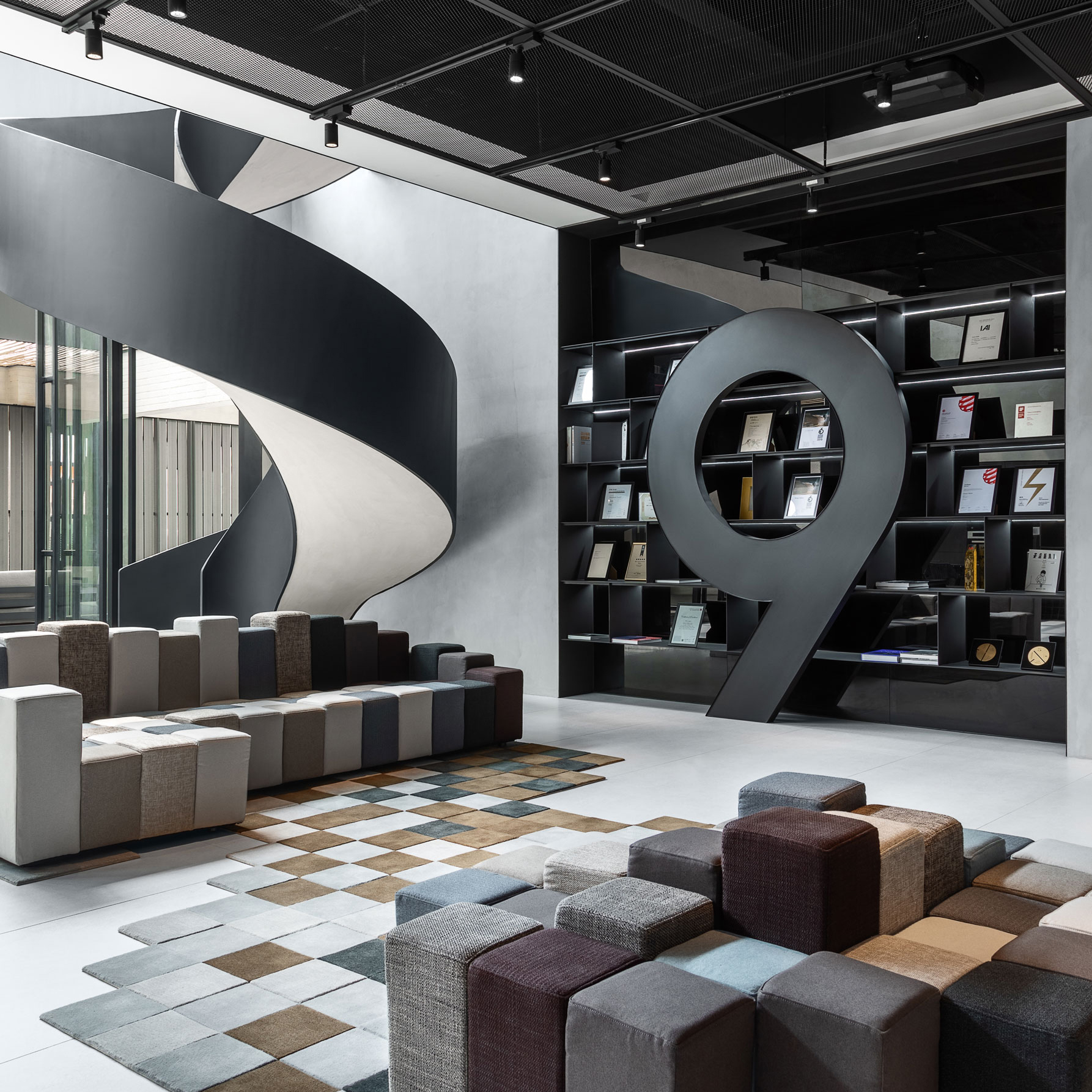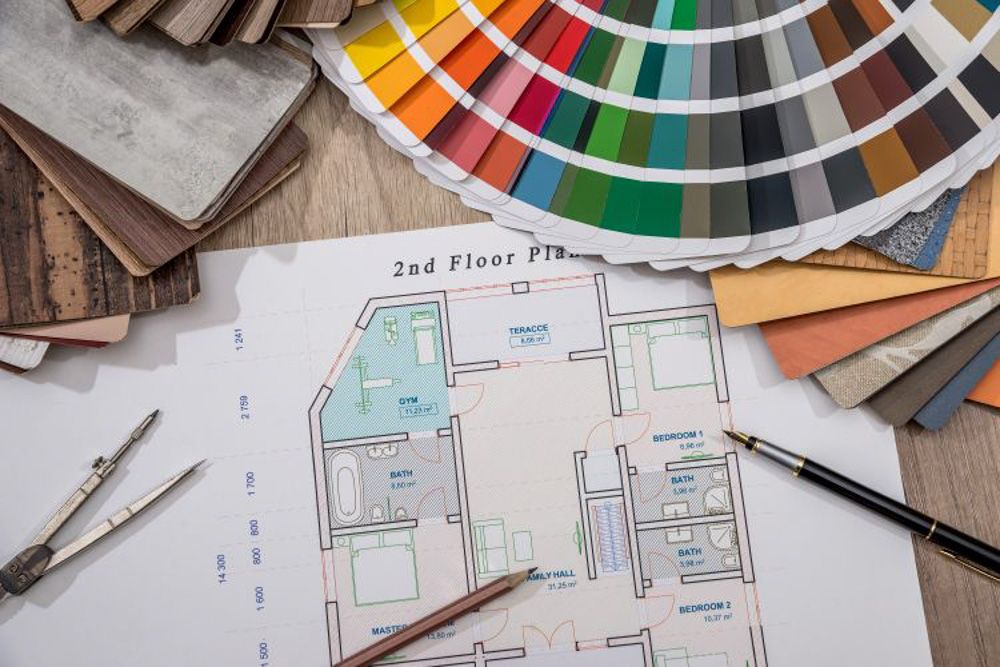Winchester Architect Services to Bring Your Vision to Life
Winchester Architect Services to Bring Your Vision to Life
Blog Article
The Art of Equilibrium: Exactly How Interior Design and Home Engineer Collaborate for Stunning Results
In the realm of home design, striking a balance in between looks and performance is no little accomplishment. This delicate balance is accomplished through the unified partnership between interior developers and designers, each bringing their unique experience to the table. The outcome? Rooms that are not only visually magnificent yet likewise incredibly habitable. Nevertheless, this excellent mix is not always very easy to obtain. Remain with us as we explore the complexities of this collaborative process and its transformative influence on home style.
Recognizing the Core Differences Between Interior Style and Home Architecture
While both Interior Design and home design play important roles in creating aesthetically pleasing and useful spaces, they are naturally various self-controls. Home architecture largely concentrates on the structural facets of the home, such as developing codes, safety and security regulations, and the physical building of the area. It takes care of the 'bones' of the framework, collaborating with spatial dimensions, load-bearing walls, and roof covering layouts. On the other hand, Interior Design is extra concerned with improving the aesthetic and sensory experience within that framework. It involves picking and arranging furniture, selecting color systems, and incorporating ornamental components. While they work in tandem, their functions, duties, and areas of know-how deviate considerably in the development of an unified home atmosphere.
The Harmony Between Home Style and Interior Decoration
The harmony in between home style and Interior Design depends on a common vision of design and the enhancement of practical appearances. When these two fields align harmoniously, they can transform a home from regular to phenomenal. This cooperation requires a deeper understanding of each technique's principles and the ability to develop a natural, aesthetically pleasing environment.
Unifying Layout Vision
Combining the vision for home style and Interior Design can produce a harmonious home that is both functional and cosmetically pleasing. The equilibrium begins with an integrated frame of mind; architects and indoor developers team up, each bringing their proficiency. This unison of ideas creates the style vision, a blueprint that overviews the job. This shared vision is important for uniformity throughout the home, making certain a liquid shift from exterior architecture to indoor areas. It promotes a synergistic technique where architectural components complement Interior Design parts and the other way around. The result is a natural living space that shows the house owner's way of life, taste, and individuality. Therefore, unifying the design vision is vital in mixing architecture and Interior Design for sensational results.
Enhancing Practical Visual Appeals
How does the harmony between home style and Interior Design boost practical visual appeals? This harmony makes it possible for the creation of spaces that are not just visually attractive yet additionally conveniently functional. Architects lay the foundation with their structural design, guaranteeing that the area is sensible and effective. The interior developer then enhances this with very carefully selected elements that enhance the visual appeals without endangering the capability. This harmonious collaboration can result in homes that are both liveable and gorgeous. For instance, an architect could make a home with huge home windows and high ceilings. The indoor designer can after that emphasize these features with large drapes and tall plants, respectively, thus enhancing the visual appeal while maintaining the useful advantages of natural light and spaciousness.
Significance of Collaboration in Creating Balanced Spaces
The collaboration visit homepage between indoor designers and designers is crucial in producing well balanced areas. It brings consistency between layout and architecture, giving birth to areas that are click here for info not only aesthetically pleasing however additionally practical. Discovering successful collaborative strategies can give understandings right into exactly how this harmony can be successfully achieved.
Balancing Style and Style
Equilibrium, a necessary aspect of both Interior Design and architecture, can just absolutely be attained when these two fields job in harmony. This harmony is not simply a visual consideration; it impacts the performance, durability, and eventually, the livability of a room. Interior designers and designers must comprehend each other's roles, value their experience, and interact successfully. They should take into consideration the interplay of structural components with style, the circulation of rooms, and the influence of light and color. This joint procedure causes a natural, well balanced layout where every component adds and has an objective to the overall aesthetic. Balancing design and architecture is not just regarding producing stunning spaces, but about crafting rooms that work perfectly for their inhabitants.
Successful Collaborative Strategies

Instance Studies: Successful Integration of Design and Style
Analyzing numerous situation research studies, it ends up being apparent how the successful integration of indoor style and architecture can change a space. Architect Philip Johnson and interior developer Mies van der Rohe teamed up to produce an unified equilibrium between the structure and the interior, resulting in a smooth flow from the outside landscape to the inner living quarters. These instance research studies underscore the profound impact of a successful layout and style collaboration.

Overcoming Difficulties in Style and Design Collaboration
Despite the obvious advantages of a successful cooperation in between Interior Design and design, it is not without its obstacles. Communication issues can develop, as both events may make use of different terms, understandings, and methods in their job. This can cause misunderstandings and hold-ups in project completion. One more significant obstacle is the balancing act of appearances and functionality. Architects may focus on architectural stability and safety, while designers concentrate on convenience and style. The combination of these goals can be complex. In addition, budget plan and timeline restraints usually add pressure, possibly triggering rifts in the cooperation. Consequently, effective interaction, mutual understanding, and concession are vital to get over these challenges and attain a harmonious and effective cooperation.

Future Fads: The Developing Partnership Between Home Architects and Interior Designers
As the world of home layout continues to evolve, so does the relationship between engineers and indoor developers. On the other hand, indoor developers are accepting technical facets, influencing general layout and functionality. The future promises a more natural, innovative, and adaptive method to home design, as architects and developers continue to blur the lines, cultivating a partnership that genuinely personifies the art of equilibrium.
Verdict
The art of equilibrium in home design is accomplished through the unified collaboration between interior designers and engineers. In spite of obstacles, this partnership cultivates growth and technology in style.
While both indoor design and home design play important roles in developing cosmetically pleasing and practical rooms, they are inherently different techniques.The synergy between home style and interior style exists in a shared vision of layout and the improvement of practical aesthetics.Merging the vision for home style and interior style can develop an unified living area that is both useful and visually pleasing. Thus, unifying the layout vision is essential in blending design and interior layout for stunning results.
Exactly how does the harmony in between home design and indoor layout enhance practical appearances? (Winchester architect)
Report this page